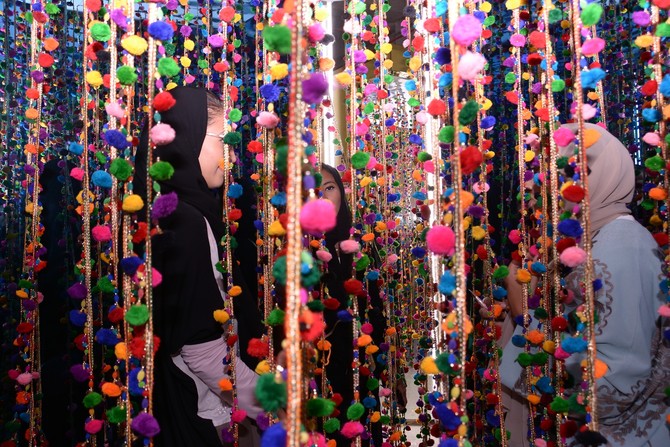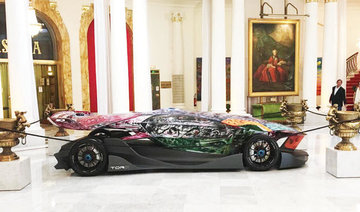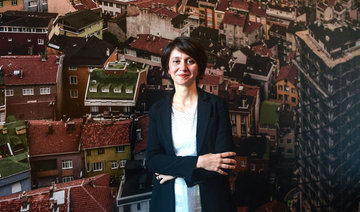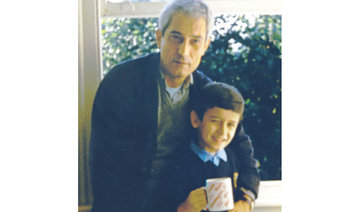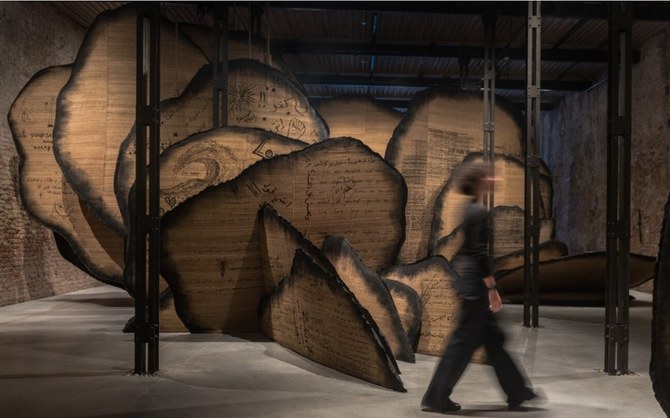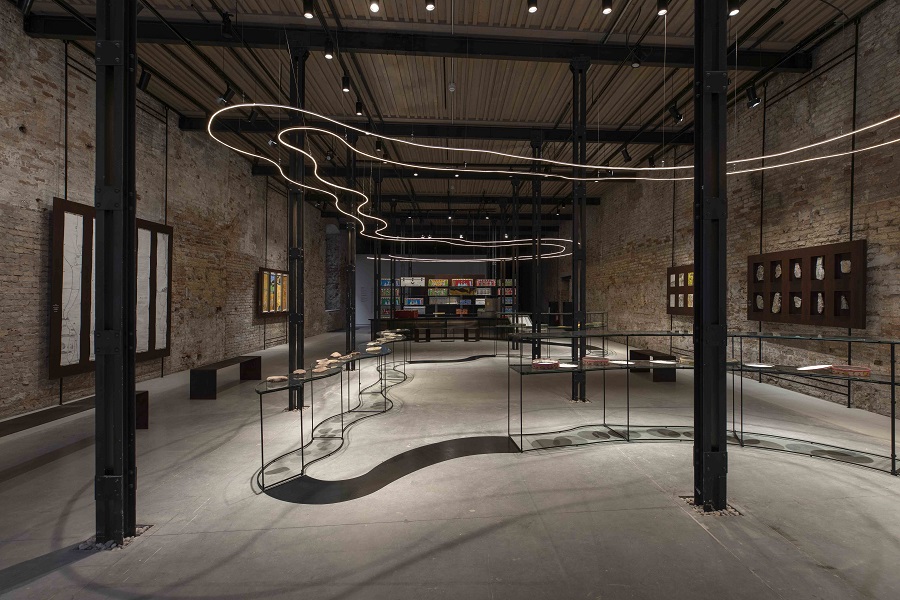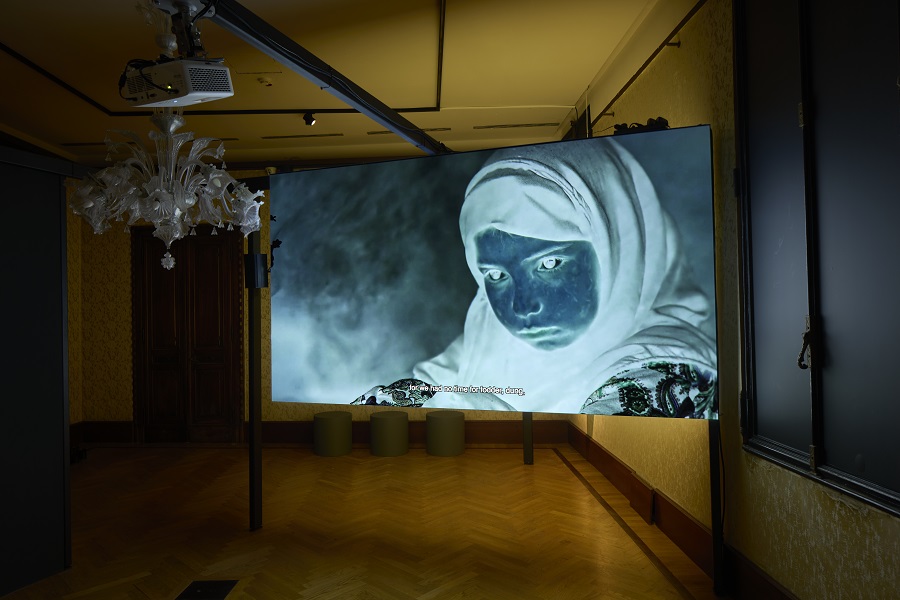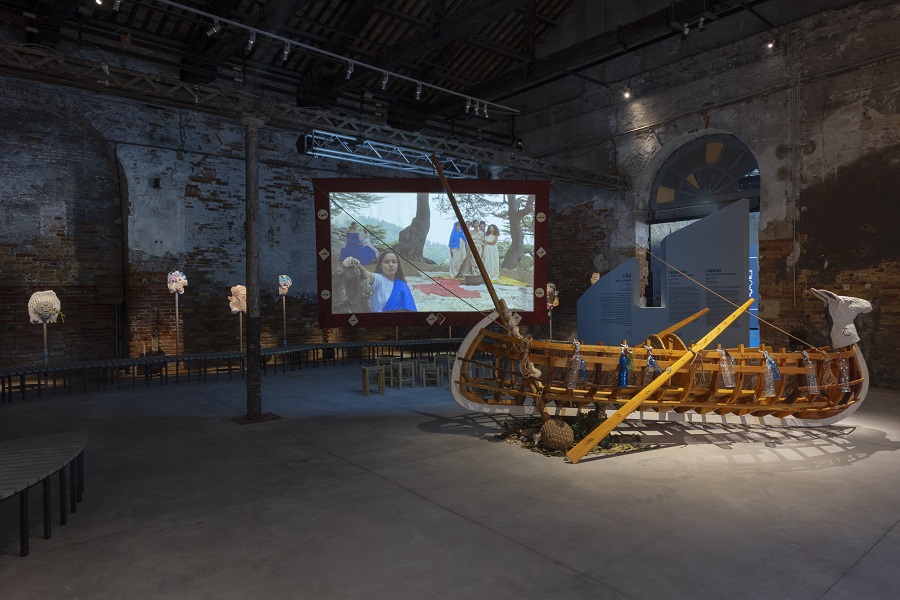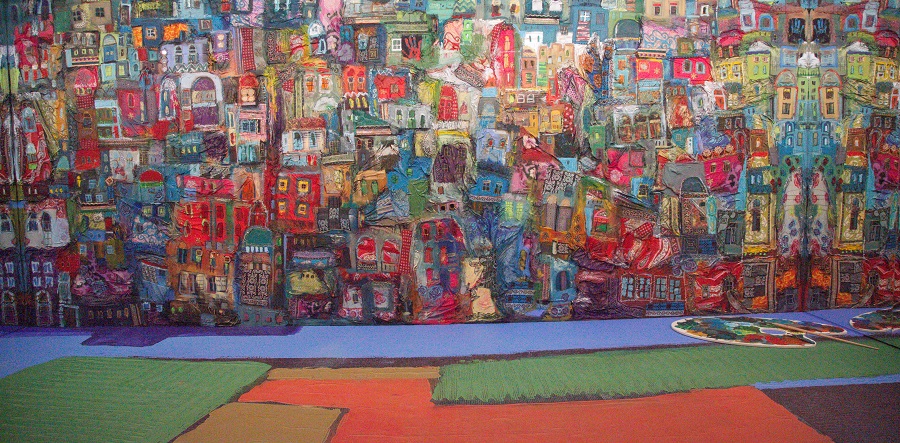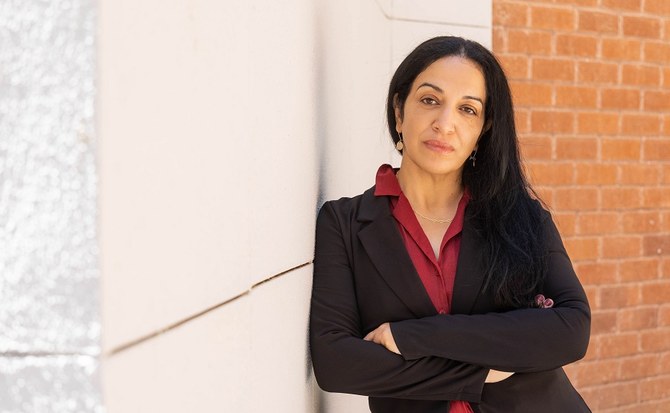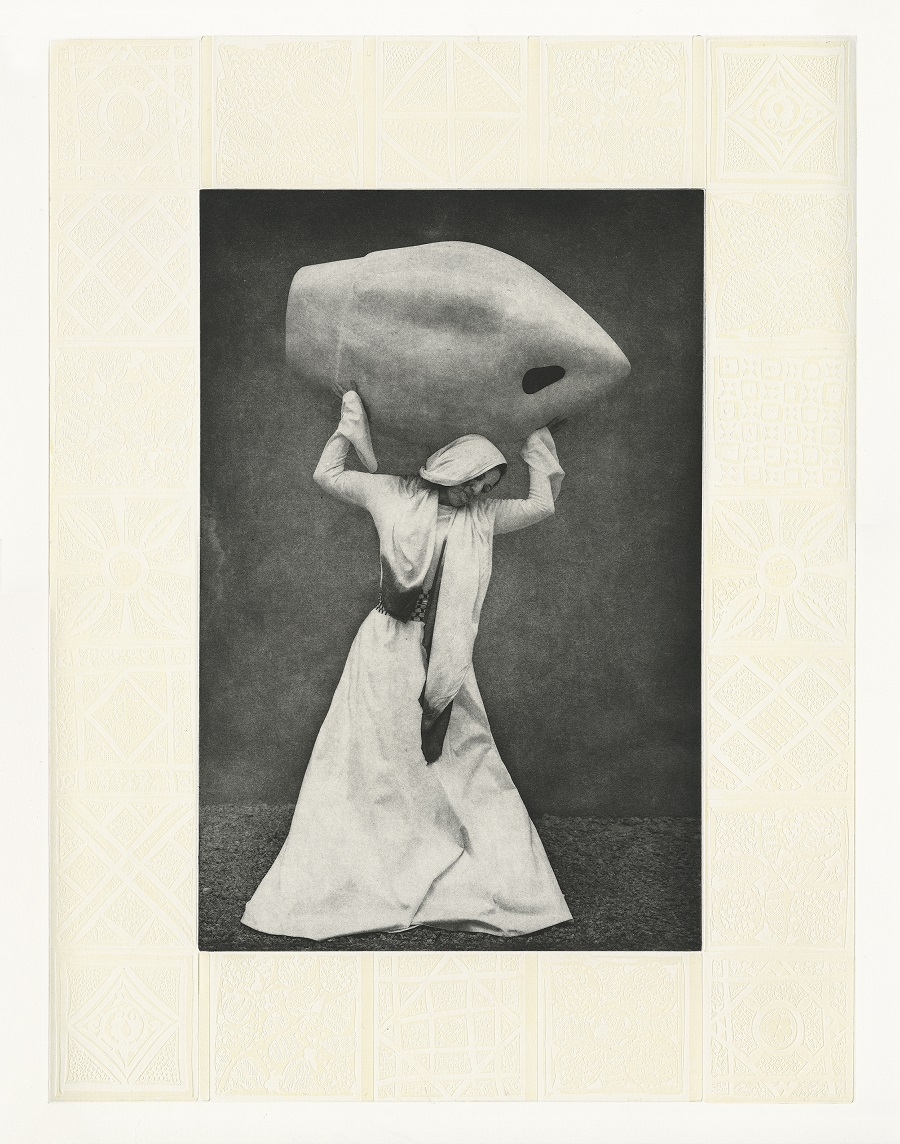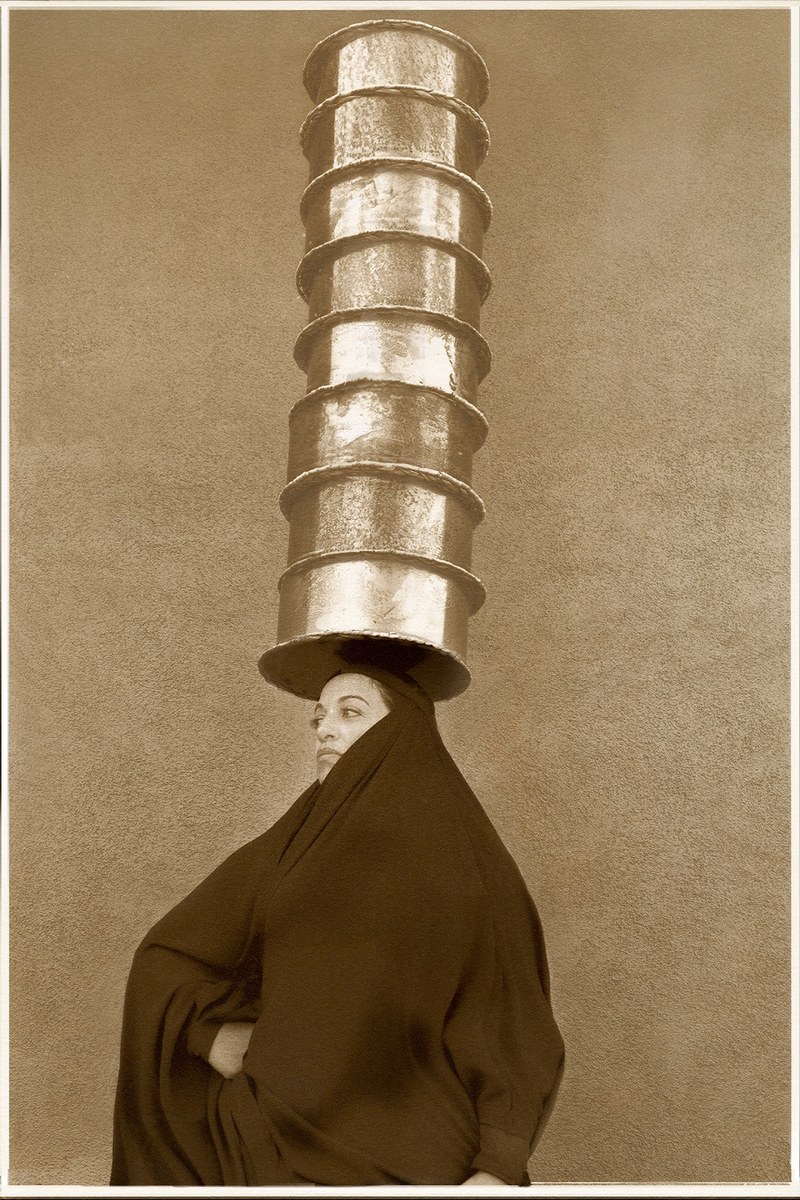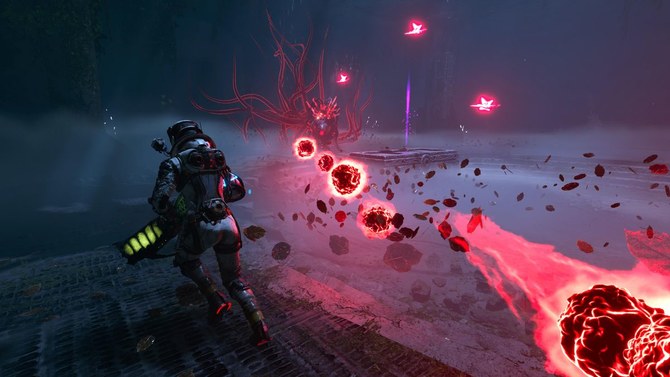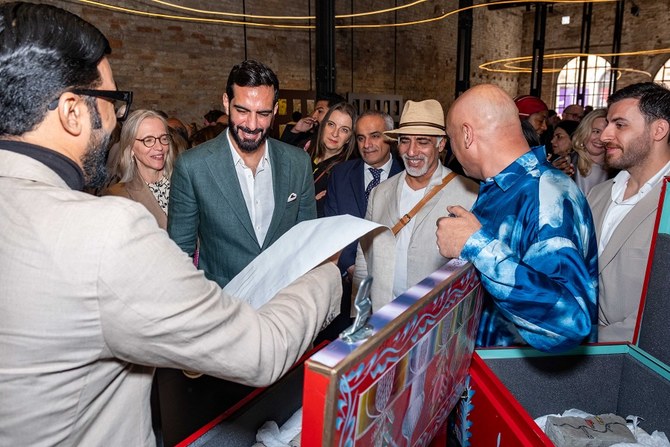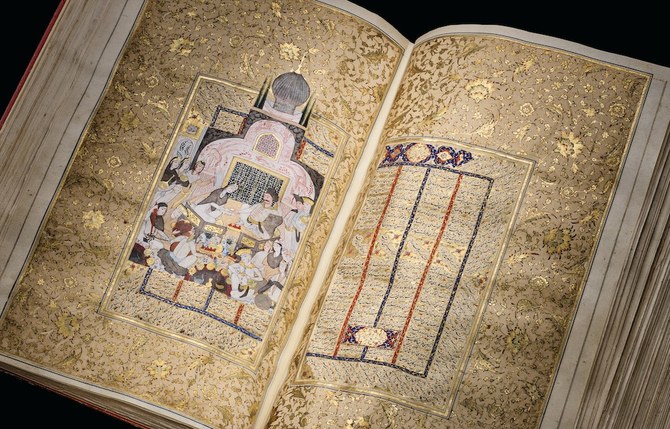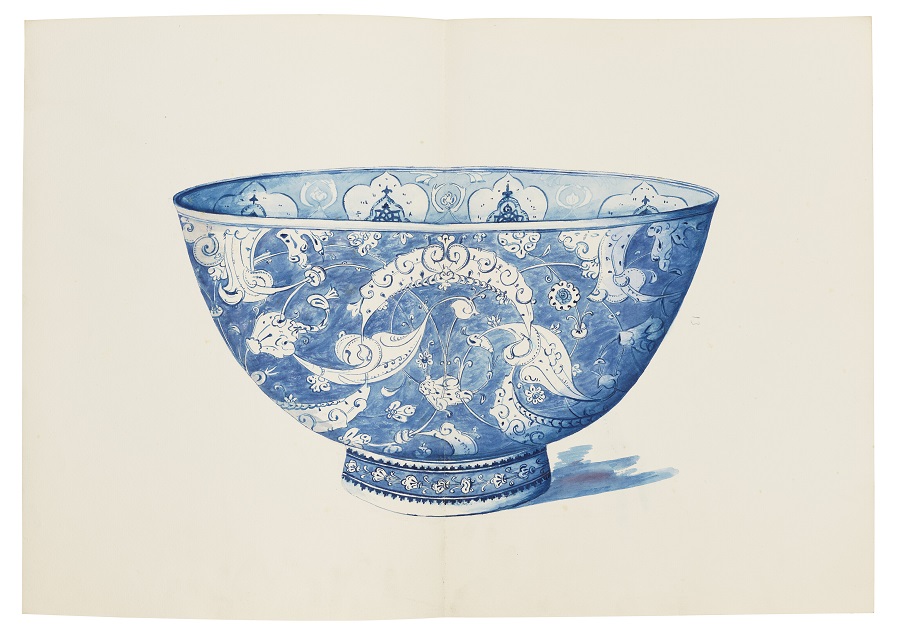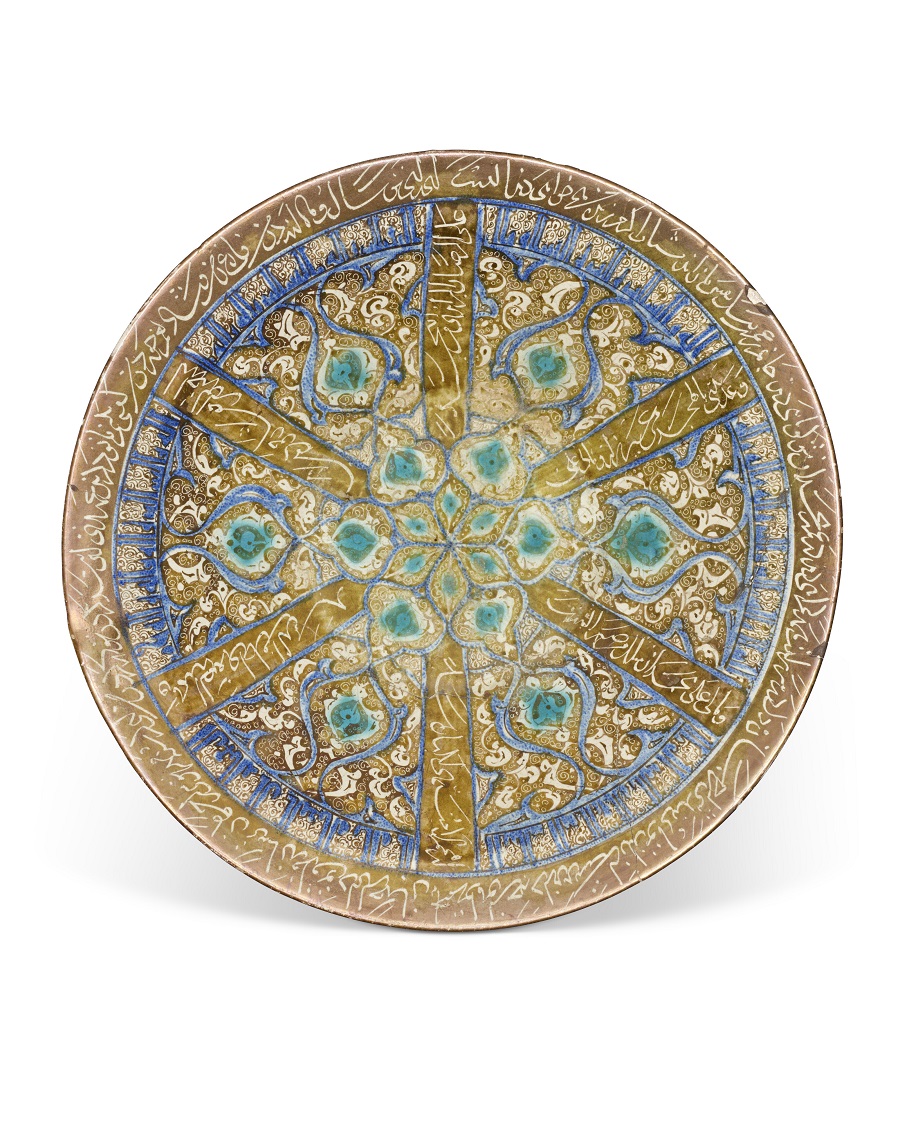JEDDAH: To design is simply to reflect. It is a notion that was bandied about at the opening of the Saudi Art Council’s first-ever interior design initiative, Tasmeem, and it encompasses all that is on show at the seminal event.
The fair, which runs from Nov. 18-28 at the council’s Gold Moor headquarters in the Shatea district of Jeddah, is showcasing work by 16 designers and architects, 11 of whom are women.
The event is the brainchild of Nawaf Al-Nassar and is being held under the patronage of Princess Jawaher bint Majid bin Abdulaziz Al-Saud.
Since the launch of the project last August, more than 300 participants from all around the Kingdom sent in their design portfolios. Then, the organizers — Kholoud Attar, Lama Mansour, Johara Beydoun and Nassar himself — whittled it down to 16 lucky participants.
Each designer was given the space to develop their display, resulting in innovative and unexpected creations.
Designers Sondos Ashi and Dania Al-Saib created a project called “Fold It,” in which they redesigned and reshaped standard office fixtures to challenge traditional preconceptions about what workspaces should look like.
Hanadi Karkashan’s “Karkashan” is inspired by her family’s roots as carpenters familiar with a well-known Islamic woodwork style called roshan from the Hijaz region of Saudi Arabia.
“All the designers were chosen for their innovative ideas that were limitless. They didn’t only think outside the box, they were able to create a space further away from the norm that we’re used to. If you asked me today what am I most proud of, I’d tell you Tasmeem, and it’s not due to the role I played here. I am proud of them, the designers, it’s all them,” Nassar told Arab News.
“A true designer reflects clients’ true style into the designs he or she creates for them. We don’t copy, we create,” he added.
The participants were given a vast amount of space to produce something different and distinct, but relevant to consumers today. Organizers did, however, ask participants to work around the concept of “reflection” and, in their own distinct ways, they delivered.
Ghazi Soosi’s “Concept Store” is the physical manifestation of his belief that furniture need not be loud in order to make a statement.
“I wanted to create something that doesn’t take too much visual space, in fact I wanted it to be silent, light and borderless… Give the furniture a chance to speak,” Soosi told Arab News.
This concept is best understood when the designer’s work is viewed in person. The semi see-through white-walled space is a simple one, highlighting the simple, steel-frame chairs with their camel-color bases. According to the designer, the products are 85 percent see-through, which gives the space an airy feeling.
Payman Moshfeghi’s “Elevated Space” consists of a marvelous treehouse. The elevated treehouse’s base is made of discarded electric wood posts as well as other materials, ranging from new to reused material. “I experiment a lot with materials left behind at work sites. As an architect, I have access to these materials. I wanted to create a space that is not only relevant, but also brings people joy and is a safe place for them to be. The treehouse is a key figure in many of our childhood dreams and visitors can go climb the stairs and fulfill that (dream),” Moshfeghi told Arab News.
Visitors flow from hall to hall admiring each installation in this wonderfully-curated exhibition. Although each showcase is unique, they all fit together harmoniously.
Amar Alamdar’s beautiful “Pavilion” is an emotional showcase due to the flowing printed fabrics and soft strings of a qanun being played in the background. For her part, Dana Al-Amri’s “Movement” is a structure straight out of a dream. Flowing strings sway above the ground, strung up by metal and steel rods that allow the viewer to sense lightness that reflects one’s own movement.
Mohammed Al-Ghamdi’s “Ehtiwa,” or “containment,” is a one of a kind. His use of cardboard, eco-friendly material, is an ode to sustainability and he cuts his raw material in a way that reflects the flow of the human body and the nature of movement itself.
The event will also see several keynote speakers give a number of talks on topics ranging from interior design psychology, by Rana Al-Kadi, to the educational paths for designers in Italy, by Leonardo Romei. As such, the fair is as much about learning as it is about admiring the creativity of the designers on show.
Princess Jawaher bint Majid bin Abdulaziz Al-Saud shared her thoughts on the event and expressed her desire for each year to be better than the previous.
“I am very pleased with the extraordinary level of professionalism from our Saudi interior designers. The volume of portfolios that we received are proof of their enthusiasm, elevated sense of style and their level of awareness and intellect. Tasmeem gives a chance for the audience to get to know more about interior design and the designer behind the scenes. I’m confident that each season will be better than the previous,” she said.
The council was created in response to the growing needs of the Kingdom’s art and culture scene. Its goal is to establish a well-cultivated platform for all artists and designers who are embracing new and innovative forms of art and, if the work on show at the Tasmeem Fair is anything to go by, there is a wealth of talent in the Kingdom worthy of such a platform.


